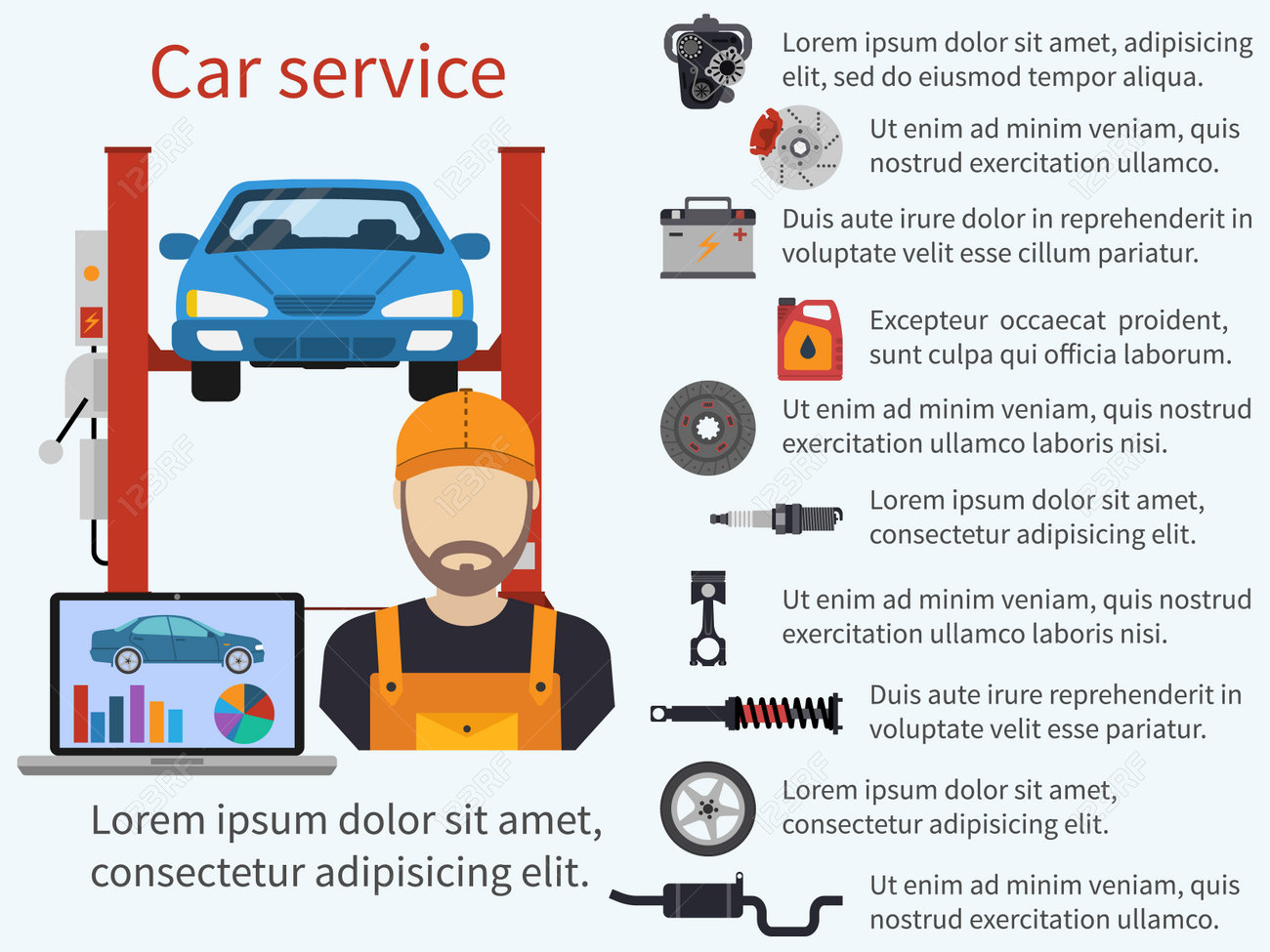Wondering Concerning The Meaning Behind Those Dashboard Caution Lights? Gain Understandings Right Into Their Ramifications For Your Automobile'S Security And Upkeep
Wondering Concerning The Meaning Behind Those Dashboard Caution Lights? Gain Understandings Right Into Their Ramifications For Your Automobile'S Security And Upkeep
Blog Article
Post By-Vinson Shepherd
When you're behind the wheel, those beautiful warning lights on your dashboard can be a little bit puzzling. Do you know what they're attempting to tell you regarding your cars and truck's health? Understanding the relevance of these lights is essential for your security and the durability of your vehicle. So, the next time among those lights turns up, wouldn't you intend to understand its message accurately and take the necessary steps to resolve it?
Common Warning Lights and Interpretations
Determine usual warning lights in your automobile and understand their definitions to make certain safe driving.
The most common warning lights consist of the check engine light, which signals problems with the engine or emissions system. If this light comes on, it's critical to have your vehicle inspected promptly.
The oil stress warning light indicates reduced oil stress, needing immediate focus to avoid engine damage.
A blinking battery light may suggest a malfunctioning charging system, possibly leaving you stranded if not resolved.
The tire stress monitoring system (TPMS) light informs you to low tire stress, influencing automobile stability and fuel efficiency. Disregarding this might result in hazardous driving conditions.
The ABS light shows an issue with the anti-lock braking system, jeopardizing your capacity to quit rapidly in emergencies.
Last but not least, the coolant temperature cautioning light warns of engine getting too hot, which can result in severe damage if not resolved swiftly.
Comprehending these usual caution lights will help you deal with concerns promptly and maintain safe driving problems.
Relevance of Prompt Interest
Recognizing the typical warning lights in your car is only the very first step; the relevance of immediately resolving these warnings can not be highlighted sufficient to ensure your safety and security when driving.
When https://drivers-training-near-me49493.blue-blogs.com/36663953/discover-how-to-completely-transform-your-auto-s-look-in-less-than-an-hour-with-easy-to-follow-pointers-that-will-amaze-you-your-rapid-vehicle-outlining-solution-is-below brightens on your dashboard, it's your vehicle's means of communicating a prospective problem that needs interest. Overlooking these cautions can cause extra extreme troubles later on, compromising your security and possibly costing you more in repairs.
Prompt focus to alerting lights can stop failures and mishaps. For instance, a flashing check engine light could indicate a misfire that, if left unattended, can cause damage to the catalytic converter. Addressing this immediately can save you from a pricey repair.
Similarly, a brake system advising light may signify reduced brake liquid or worn brake pads, vital components for your safety and security when driving.
Do It Yourself Troubleshooting Tips
If you observe a caution light on your dashboard, there are a few do it yourself troubleshooting suggestions you can try before seeking professional assistance.
https://www.ky3.com/2022/01/11/auto-body-shops-ozarks-report-delays-scheduling-repairs-partly-due-supply-chain-issues/ is to consult your auto's handbook to comprehend what the certain warning light shows. Often the issue can be as simple as a loose gas cap setting off the check engine light. Tightening the gas cap may solve the problem.
One more usual issue is a reduced battery, which can set off different warning lights. Checking the battery links for deterioration and ensuring they're secure could deal with the trouble.
If a caution light persists, you can attempt resetting it by separating the car's battery for a few mins and afterwards reconnecting it. In addition, checking your lorry's liquid degrees, such as oil, coolant, and brake liquid, can help repair cautioning lights connected to these systems.
Verdict
Finally, understanding your cars and truck's caution lights is necessary for maintaining your vehicle running smoothly and safely. By immediately resolving these signals and knowing what they indicate, you can prevent pricey repairs and prospective failures.
Bear in mind to consult your automobile's guidebook for specific information on each warning light and act accordingly to guarantee a trouble-free driving experience.
Keep educated, remain secure when traveling!
